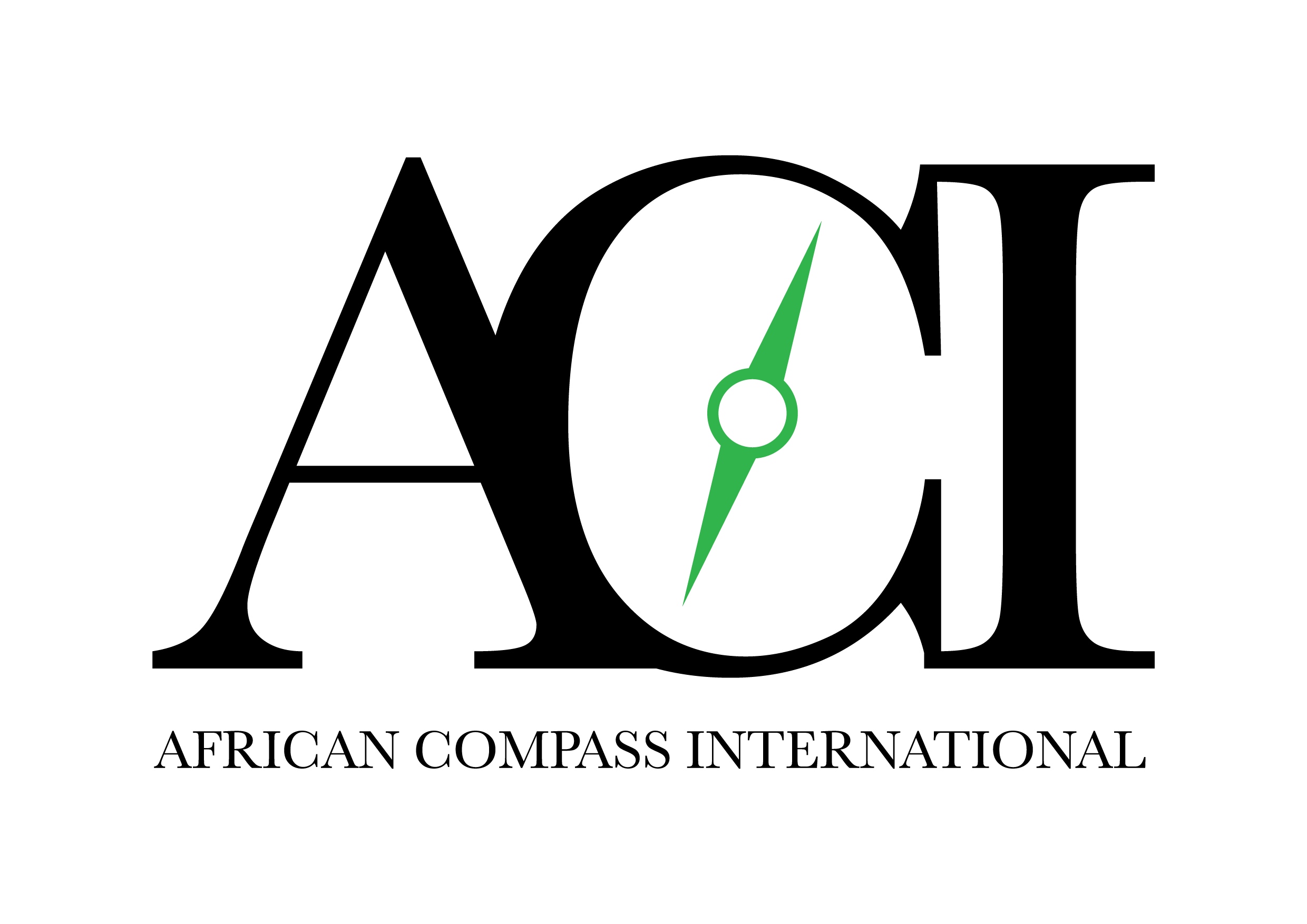Overview
Zimbabwe requires 1 600 MW of electricity to meet national demand in summer which peaks to around 1 700 MW during the winter period. The country has installed production capacity of about 2 000 MW. However, average internal electricity generation is about 900 MW. The country requires substantial investments into hydro, thermal, coal bed methane gas and solar, to cover the energy deficit. Current major sources of electricity include Kariba Hydropower Station, Hwange Thermal Power Station, and the small thermal stations in the capital city Harare, Munyati 180 km west of Harare, and the country’s second largest City of Bulawayo about 450 km to the west of Harare. The thermal power stations have out lived their useful life and can barely produce 45% of their installed capacity (1 200 MW).
The thermal power stations require re-powering at an estimated cost of about USD600 million. Currently, the country augments its power requirements through imports from South Africa and Mozambique. Most importantly to partners in the energy space is the fact that Zimbabwe is the hub for electricity transmission within the sub region, hence the Southern Africa Power Pool (SAPP), is stationed in Zimbabwe. SAPP also places a requirement on the 15 Southern African Development Community (SADC) member countries power utilities to generate extra power which can immediately be traded in other countries within the region in case of power outages, which presents more opportunities to investors.
Investments:
Brownfield Projects
• Rehabilitation of small thermal plants – Harare (120MW), Bulawayo (90MW) and Munyati (100 MW); and
• Hwange Power Station expansion 600 MW.
Greenfield Projects
• Gokwe North Project about 350 km to the West of Harare (1 400 MW);
• Batoka Hydro project (1 600 MW) along the borders with northern neighbour Zambia;
• Coal bed methane in Lupane (300 MW) about 616 km to the West of Harare;
• Renewable energy i.e. solar and mini-hydro projects, as well biogas energy projects throughout the country; and
• The Central transmission corridor project.
The concept of independent power producers is currently being promoted. This, complemented by the existence of an interconnected regional grid, allows easy cross border supply of power to deficit countries through a system called Day Ahead Marketing which makes it possible to import/export from/to the whole grid at 24 hours notice.



